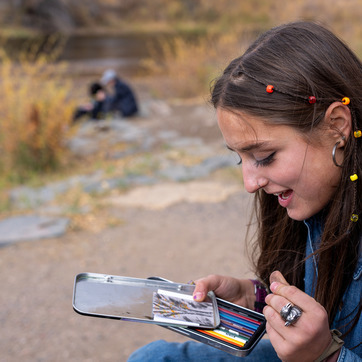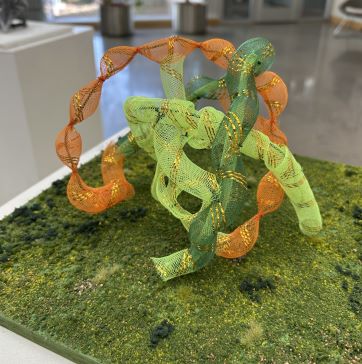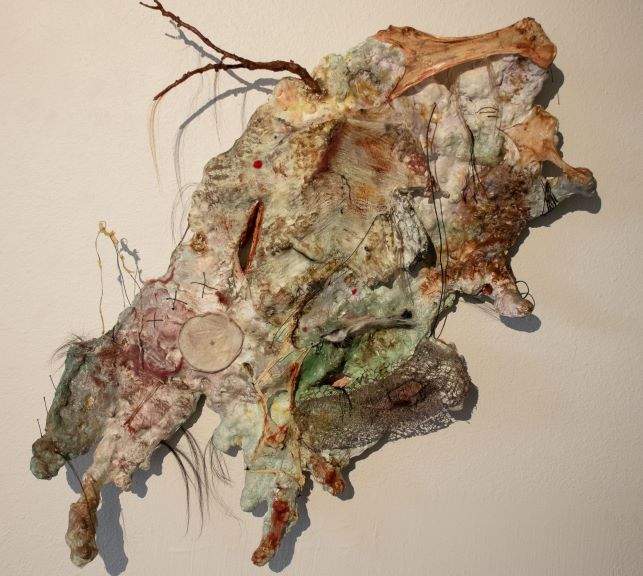the foundation experience
Foundation courses at UW are designed to spark curiosity and ignite creative habits that will carry students through their degrees. Courses stress the importance of experimentation, research, and iteration, encouraging students to become flexible thinkers and engaged makers.
What does it mean to be an artist today? How can formal decisions reflect larger conceptual concerns? How do materials carry meaning? Students engage these questions while developing a strong studio practice grounded in both skill and inquiry.
Foundations faculty are practicing artists and dedicated teachers who support students as they explore their creative identities. The program emphasizes dialogue, visual and verbal communication, and the development of a sustainable art practice.
faq
Check out the FAQ for more information about Art Foundations
Photo credit: Art Student, Field work at Laramie Greenbelt, ART 1110 Foundations 2D, Fall 2024

Foundations courses include Drawing I, 2D, 3D, Color Theory and Digital Media, and students are not required to take courses in any specific order.
Foundations lays the groundwork for all future study in studio art and art history by introducing essential skills, vocabulary, and critical thinking practices that students continue to develop throughout their degree.
No, since these are introductory courses, they are designed to support students with a wide range of experience levels. Our emphasis on process and experimentation allows all students to grow from where they are.
Yes! Foundations students regularly participate in exhibitions and critiques, learning to speak about their work and engage with audiences.
Full-time faculty in the Visual Arts Department teach all Foundations courses.
Feedback is central to the learning process and involves classroom critiques. These take different forms in different courses but are always designed to provide constructive criticism.
Yes, Studio Core courses at the 2000 level can be taken concurrently with Foundations courses as long as the prerequisites for the courses have been met.
Foundations faq 2: Materials
Learn more about materials and tools used in Foundations courses.
Photo Credit: Student Work, Maquette for Public Art created in ART 1120 3D Foundations, Spring 2025.

Most Foundations courses require students to acquire very basic tools and materials, such as pencils, X-acto knives, scissors, and paper.
Students work with a broad range of materials, which can include charcoal, paint, ink, digital tools, wood, clay, fibers, cyanotypes, glass-tile mosaics, and found objects. Foundations encourages material exploration across media.
Digital Media covers Microsoft Word and PowerPoint as well as Adobe Photoshop, Illustrator, and Premiere Pro.


